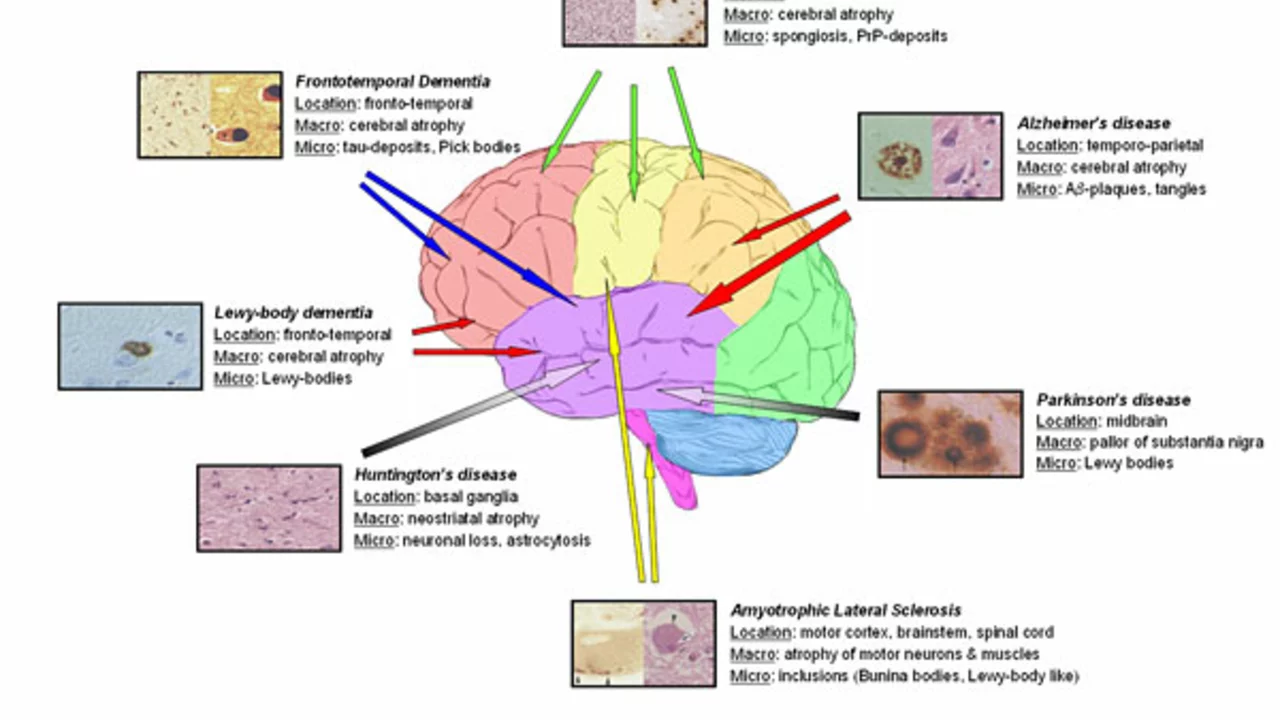Understanding the Nature of Influenza
Influenza, commonly known as the flu, is a highly contagious viral disease that affects millions of people worldwide every year. Despite the availability of vaccines and antiviral drugs, influenza continues to pose significant health risks due to its ability to mutate quickly and reemerge in new forms. It's a complex disease that requires comprehensive understanding and research. Recent pandemics, such as the H1N1 swine flu and H3N2, illustrate how quickly influenza can spread and the devastating impacts it can have on global health.
In order to effectively combat the flu, scientists and healthcare professionals must understand its nature, how it evolves, and how it spreads. This understanding can only be achieved through the collaboration of different scientific disciplines. The complexity of influenza necessitates the integration of knowledge from fields such as virology, immunology, epidemiology, public health, and even social sciences.
Building Bridges Between Disciplines
Successful cross-disciplinary collaboration begins by building bridges between different scientific disciplines. It's about recognizing the value and importance of diverse perspectives and expertise in addressing complex health issues. Researchers from different fields bring unique insights and approaches that can greatly enhance our understanding of influenza and our ability to develop effective strategies to prevent and control its spread.
Bridging the gap between disciplines also means breaking down the silos that often exist in the scientific community. It's about fostering communication, cooperation, and mutual respect among researchers from different fields. By working together, scientists can achieve more than they could alone.
Leveraging Technology for Cross-Disciplinary Collaboration
In the age of digital technology, cross-disciplinary collaboration is more feasible than ever before. Digital platforms and tools can facilitate communication and cooperation among researchers from different fields and geographical locations. They can also facilitate the sharing and integration of data, which is critical for understanding and addressing influenza.
Furthermore, advancements in technology are enabling researchers to study influenza in new and innovative ways. For instance, genomic sequencing technologies are allowing scientists to track the evolution of influenza viruses in real time. This information is invaluable for forecasting future influenza outbreaks and developing effective vaccines.
Case Studies of Successful Cross-Disciplinary Collaboration
There are many examples of successful cross-disciplinary collaborations in the field of influenza research. One of the most notable is the Global Influenza Surveillance and Response System (GISRS), a collaborative effort by the World Health Organization and laboratories around the world. Through GISRS, researchers share and analyze influenza virus samples and data, which informs the development of vaccines and antiviral drugs.
Another example is the Influenza Genome Sequencing Project, a collaborative effort by the National Institutes of Health and several universities. This project aims to sequence the genomes of thousands of influenza viruses, which will provide invaluable insights into the evolution of influenza and aid in the development of new treatment strategies.
Future Directions for Cross-Disciplinary Collaboration
The future of influenza research and response lies in further strengthening cross-disciplinary collaboration. This means not only continuing to foster collaboration among scientists from different fields, but also involving other stakeholders such as policymakers, healthcare providers, and communities. Everyone has a role to play in combating influenza, and by working together, we can be more effective in our efforts.
The importance of cross-disciplinary collaboration in addressing reemerging influenza cannot be overstated. It's not just about finding a cure or a vaccine; it's about understanding the disease in its entirety, from its origins to its impacts on society. Only then can we hope to effectively prevent and control the spread of influenza.

